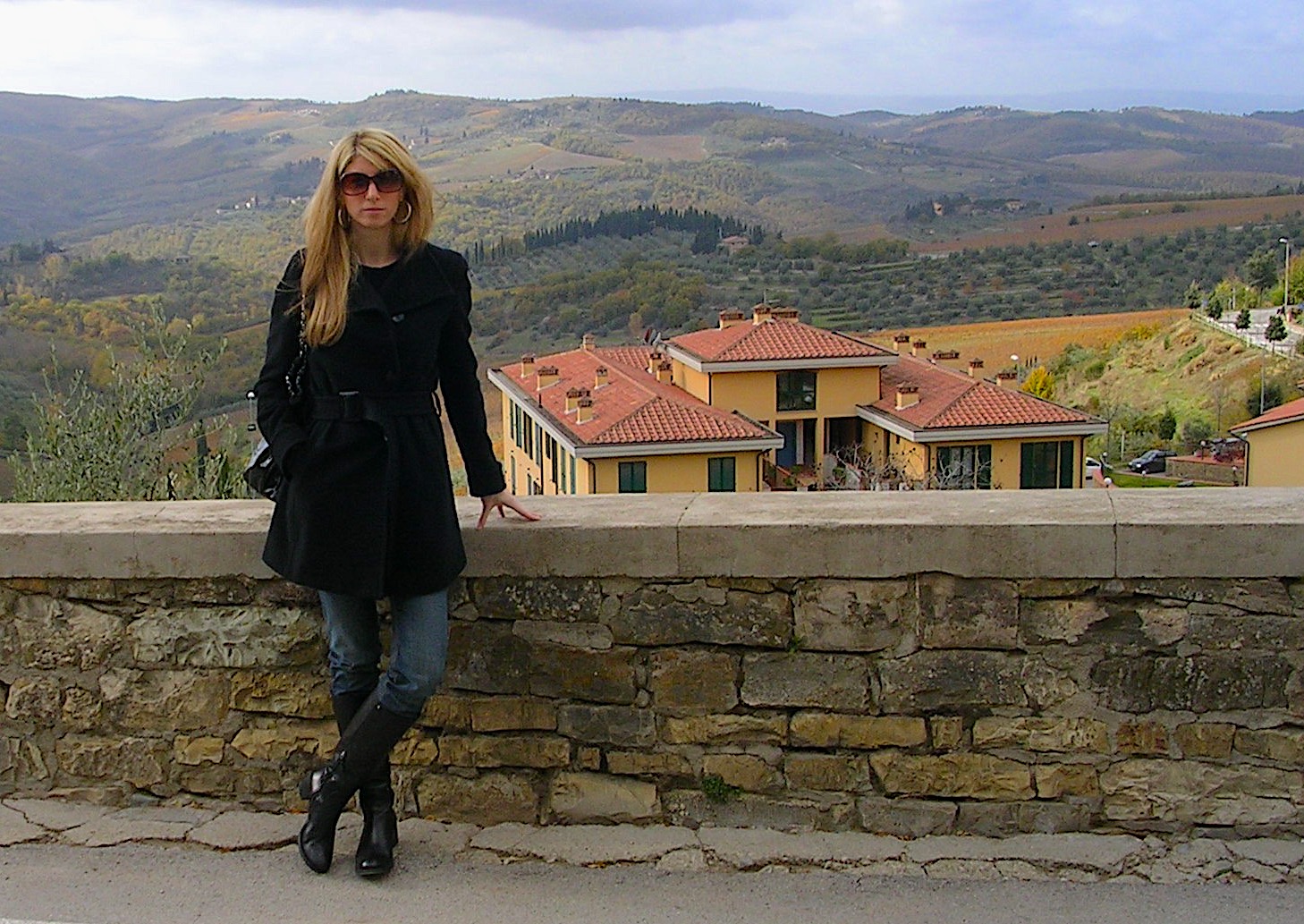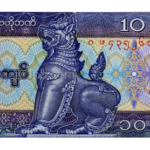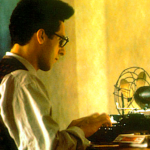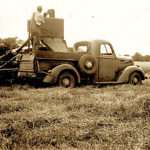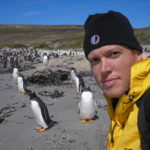Stephanie Rosenbloom is a travel writer for the New York Times. A reporter there for more than a decade, she’s had beats in the Business, Styles, and Real Estate sections. She’s a featured writer in The New York Times, 36 Hours: 150 Weekends in the USA & Canada (Taschen, 2011) and in The New York Times Practical Guide to Practically Everything (St. Martin’s Press, 2006). Her book about solo travel, Alone Time: Four Seasons, Four Cities, and the Pleasures of Solitude, was published by Viking in June of 2018.
How did you get started traveling?
First through books, which took me to faraway places. Then through our family vacations. We mostly traveled within the United States, but even the shortest weekend beach trips felt special and distinct from everyday life. When I was in high school we took our first and only family trip abroad, to the U.K., and I was smitten. I wanted to hang on to the experience so badly that I saved everything in a scrapbook, including my Flake bar wrappers. I traveled abroad some after college, though my biggest influence in early adulthood was my friend John, who I met at The Times. We began traveling together and along the way he taught me about miles, points and upgrades, opening up the world of things that were possible to the solo traveler who learned to play the rewards game. He also made it seem perfectly normal to hop on a plane and go to Panama for a long weekend.
How did you get started writing?
In my 20s I got a job as a temporary news assistant for the New York Times, answering phones, writing arts listings, distributing story lists and performing other clerical tasks. While doing that I began making connections and freelancing for various desks around the building. My first articles were news briefs, and they didn’t carry my byline. Rather, they said “by The New York Times.” But I knew it was me, and I was happy. Eventually, I was given a byline. I began working on some longer stories when I became a news assistant on the Continuous News desk, which provided breaking content to nytimes.com. At that time the website was still a separate operation from the print edition. When news broke, beat reporters and columnists didn’t necessarily write in real time for the website as they do today. Most wrote for print deadlines. Continuous News had a few reporters whose job it was to report and post those breaking news stories, which would stay online until the print edition story was ready. That system proved to be a unique opportunity, and I was lucky enough to be working with editors who allowed me to try my hand at reporting and writing news, even some arts features. Editors on the desk encouraged me to begin pitching my own feature ideas elsewhere in the building, like the Metro and Business sections, and little by little I began getting the go-ahead for all sorts of assignments.
What do you consider your first “break” as a writer?
The first break was simply getting in the door at the Times. I was among giants. Listening to reporters there conduct interviews and strategize with their editors was an incomparable education, as was being edited by the copy desk. It was like being in journalism school — only I was the one being paid. The Times was also a big break because many of those reporters and editors were extremely generous with their time and opportunities. They wanted to see young people succeed, and while I didn’t have formal mentorship, I found many mentors.
As a traveler and fact/story gatherer, what is your biggest challenge on the road?
Literally being on the road: I didn’t get my driver’s license until I was an adult and living in Manhattan, where I walk or take public transportation. I never practice. So I’m still uneasy behind the wheel.
What is your biggest challenge in the research and writing process?
I’ve yet to tire of fact-finding and historical research, and I doubt I ever will. But I’m shy, and so research that involves approaching strangers on the street and interviewing them is still tough, even after years of doing it. Sending email inquiries is easier, though I still find myself taking too long to draft emails, hoping to strike just the right tone; the one that will guarantee a “yes” and help lay the foundation for a good interview.
What is your biggest challenge from a business standpoint?
Sharing my work and related activities on social media, which of course is now a big part of the business of writing, and of travel writing in particular. I’m a pretty private person. So striking a balance that feels right between private and public can be challenging.
Have you ever done other work to make ends meet?
I’ve had other jobs. Before I was at the Times I helped cut corn on family and living history farms as part of The American Maize Company, which turns five-acre cornfields into interactive mazes, or Amazing Maize Mazes to be precise. I hope to always be able to make ends meet by writing features and books. Although every now and then, while sitting in front of a computer screen in a skyscraper in Times Square, I find myself thinking how nice it would be to be standing in a cornfield in Iowa on a spring morning.
What travel authors or books might you recommend and/or have influenced you?
What advice and/or warnings would you give to someone who is considering going into travel writing?
Value and nurture your relationships with your editors and fellow writers. There’s so much to be learned from them. Real, not transactional, relationships can lead to wonderfully fulfilling brainstorming and editing sessions (not to mention friendships). Be gracious, reliable, and correct. Ask your editors how they like to work, respect their time, and scrupulously fact-check your articles. Trying to be a pleasure to work with is a major asset that should not be underestimated. It will keep you in an editor’s rotation. A last bit of advice for beginners: Make face-to-face connections. When I first joined The Times and wanted to start writing those news briefs, I went to an open meeting being held by the editor. We gathered around his desk and he told us that we had already crossed the first hurdle to landing an assignment: showing up.
What is the biggest reward of life as a travel writer?
Experiencing the world. Stepping outside yourself. Meeting strangers who become friends, learning new things, gaining confidence, and (if you’re really lucky) being able to visit extraordinary places with someone you love. That’s more than one reward. I suppose you could sum all that up by saying that being a travel writer — having an assignment — forces you to ask questions, take notes, and pay close attention to the sights, smells and sounds — all of which helps you deeply savor not only a place, but each moment you have in it. It’s a different feeling than being on vacation. It’s work. But it’s work that’s conducive to savoring. And I can think of few rewards greater than that.

